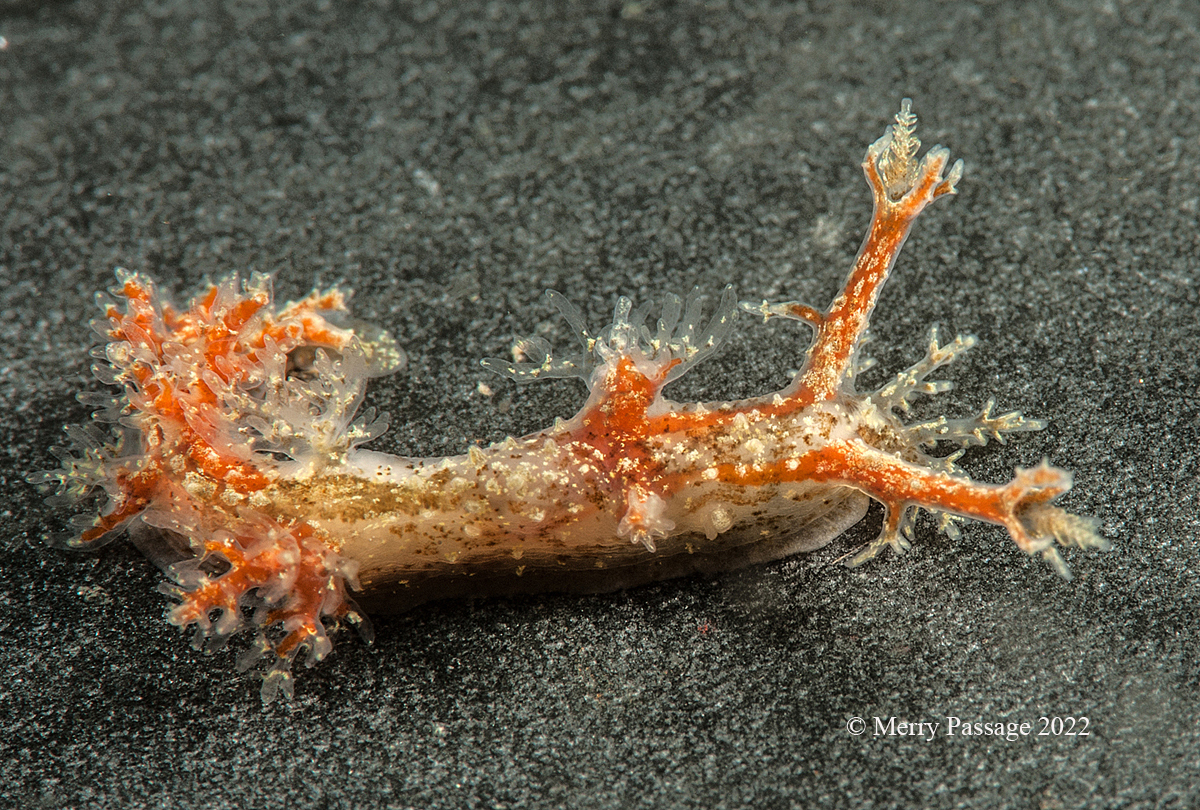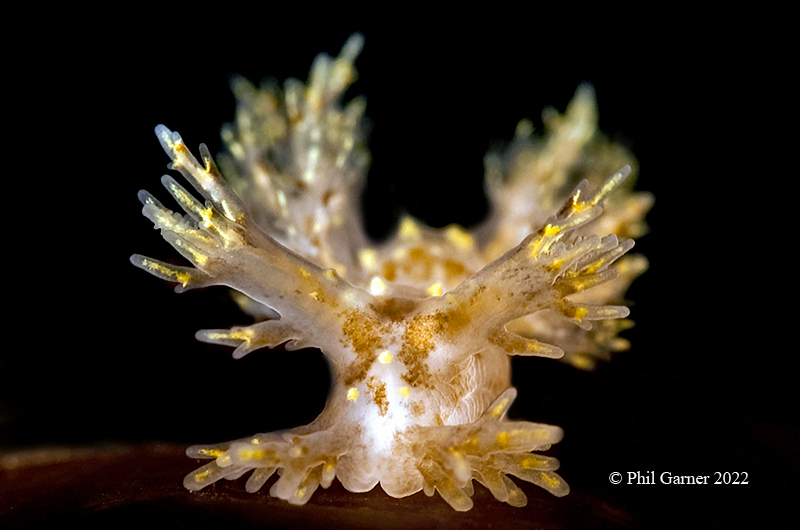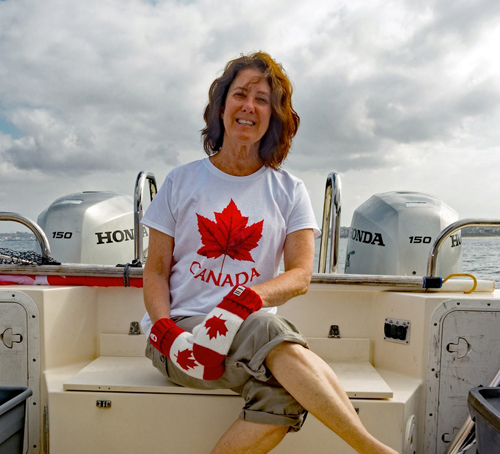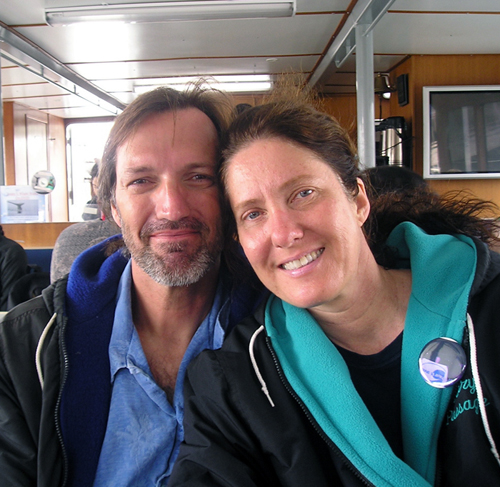 |
Dendronotus venustus
Image courtesy of Merry PassageGarden Spot, Palos Verdes, Los Angeles County, California
Golf Ball Reef, Palos Verdes, Los Angeles County, California
 | Dendronotus venustus MacFarland 1966 Of all the Dendronotid species found in the northern Pacific Dendronotus venustus is the most common, most variable and the most difficult to identify. For years we called this species Dendronotus frondosus, but Oh No, the name had to get changed. Good thing in this case, as Frank Mace MacFarland's original description, realized that our critter here was not the same as the Atlantic animal, where D. frondosus was originally described by Peter Ascanius in 1774 from Norway. The bushy branched dendronotid, as it is known vernacularly has a narrow body and may be translucent gray-white with various amounts of brown, red-brown, yellow, and white pigments, or no pigment at all. Most color forms have yellow or white spots and some have obvious conical tubercles. There are 4-8 pairs of branched, fan-shaped dorsolateral appendages and the digestive gland may be visible within the first 4-5 pairs. Oral veil with 4-8 branched papillae. Rhinophoral sheaths have lateral papillae and are tipped with 4-6 long, stout rhinophore papillae with the posterior one usually the longest. Because of the wide variation of this species, I wouldn't be surprised if it turns out to be cryptic complex of several species. But we will have to wait and see on this. D. venustus is often mistaken for Dendronotus subramosus which lacks lateral papillae on the rhinophore sheaths and D. kamchaticus which has white tipped appendages. It ranges from Alaska to San Diego, California, from intertidal to 40 m (131 ft) in depth, where it feeds on a variety of hydroids.
Nice job Phil and Merry. |
Sammamish, WA 98074
May., 2022
Send Dave email at davidwbehrens@gmail.com

Phil Garner has been scuba diving since 1989. Before that, he enjoyed free diving the many reefs around Palos Verdes. He met Merry Passage during a beach dive at Marineland in 2006 and they have been a team ever since. Phil is the author of Diving The Palos Verdes Peninsula . He and Merry can be found branching as often as possible.
Send Merry email at mbpassage@yahoo.com
|

|

|
